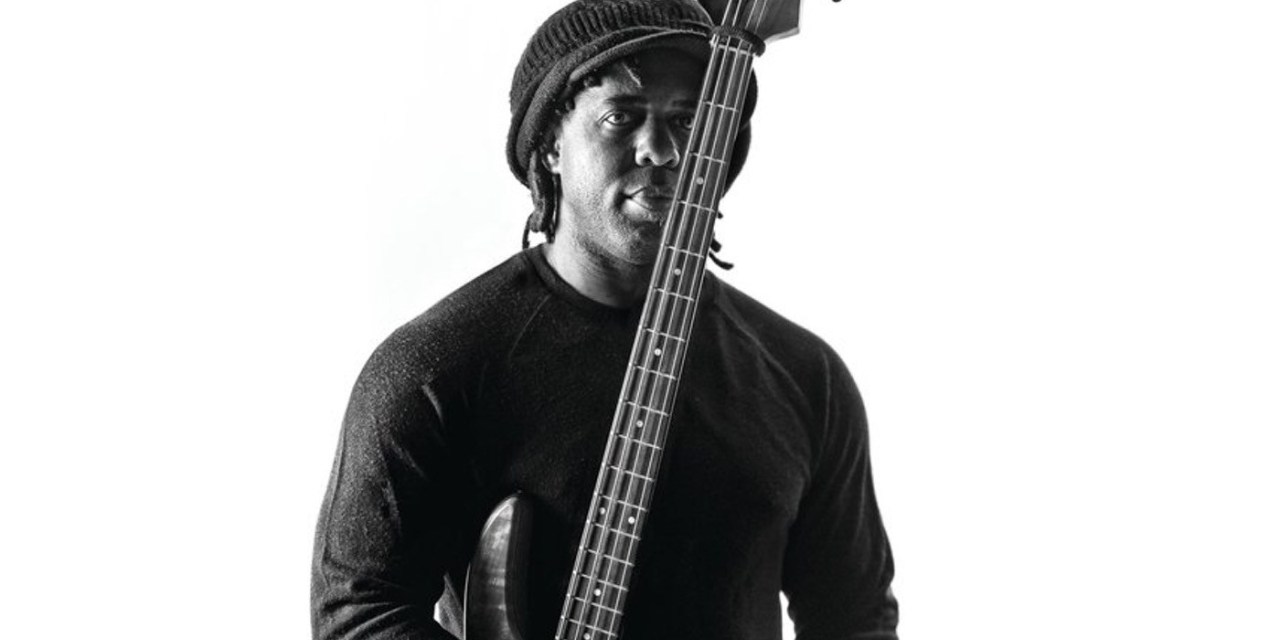Many of us are at a loss when it comes to guitar or any kind of music practice and just how to execute it. That extends to the concept of rehearsal and how we’re to prepare for a live performance in the context of a band. This can be any type of performance, whether solo, simple gigging, larger venues, or even something like a church music group.
Taking music lessons or guitar lessons is one thing. It’s structured and easy to follow. Yet your own rehearsal is often a different story.
There’s little concrete guidance for rehearsing and practicing. It’s a very open-ended part of being a musician and everyone has their own interpretation of how they feel best to approach it.
In this article I’m going to talk about how I believe we should rehearse and how guitar practice should look, particularly when performing songs and playing live.
How Amateur Rehearsal Looks
Most amateur bands and musicians rehearse by practicing segments of songs and getting through difficult parts of a set list. For example, you might play through a certain percentage of what you already know, then spend more time on what you’re less familiar with.
Ultimately, this is designed to reduce risk. We don’t have enough time to cover everything, so we’re going to make sure we’ve minimized risk by covering the areas where we’re most statistically likely to make a mistake.
Thus, you end up having a practice that looks something like this:
- Spend 20 percent of your time talking through the material
- 50 percent ironing out weak areas
- 30 percent covering what you’re “more or less” comfortable with
This segments your rehearsal and – I would argue – makes it harder to actually learn songs in a more holistic sense.
Professional bands don’t do this. Their rehearsals tend to look very different.
How Professional Musicians Practice and Rehearse
From what I’ve seen of professional bands rehearsing, and professional bands I’ve rehearsed with, they don’t do a lot of starting and stopping or working on obscure segments of songs. Instead, they rehearse their show where each song is its own component. Here’s what I mean:
- Songs are played through in their entirety just as they’ll be played live
- Vocals are not necessarily needed for instrument rehearsal
- Repetition is emphasized and familiar songs get very boring
To help illustrate my point, watch this video of Disturbed rehearsing (“warming up”) before a show. They’re playing a song called “Immortalized” with just their guitar and bass player.
Keep in mind, this is their warm up, yet they’re not skipping any part of the song and are playing it all the way through following the same structure they would if they were on stage.
Another great example of this is the Smashing Pumpkins rehearsal for their Saturday Night Live performance, way back in 1993. There’s a lot of sitting around, but if you click through you can see that they perform “Cherub Rock” three times total, all the way through, exactly like the live performance.
They even have the guy with the headphones introducing them like the host does on the live show.
Nirvana’s rehearsal (also in 1993) goes exactly the same way:
Lest we assume this is just an SNL rehearsal thing, we can see Skillet going through the same full-song process for an acoustic set rehearsal back in 2017.
From these videos we get an inside look into what it means to practice and rehearse as a professional musician. From them, I think we can draw some safe conclusions about our own band rehearsals and practice sessions.
Practice and Rehearsal Should be About Uniformity and Repetition
It doesn’t sound fun or particularly artistic to put it this way, but rehearsal and practice should – particularly when it comes to songs – be uniform and structured. It should mirror your live performance or recording session as much as possible.
Even if you know certain portions of a song really well, you do yourself (and your band) a disservice by leaving them out of a rehearsal. Here are a few takeaways from these videos that further emphasize and explain my point.
Takeaway #1: Play Songs Exactly How They’ll Be Played Live (all the way through)
When you’re preparing for a live performance, every individual song should be a structural dress rehearsal. Because memorizing structure and information is aided by music. If your rehearsal takes the music out of that structure, you’ve then removed the best tool you have to get that information into your brain. This has its own implication for establishing structure:
ESTABLISH A SONG STRUCTURE AND STICK WITH IT FOREVER
A song structure should be set in stone and extremely difficult to change. When you learn a song, you take the time to establish the structure and talk through it. However, after that structure has been established, you memorize it by playing the entire song through, every time. Of course, if you play with a blues band or a jam band, this is very much not the case. Certain songs and styles will require a little artistic merit in more improv-based sections.
Takeaway #2: Rely on Repetition
Repetition is the single most effective way we can move systems from being a conscious process to a sub-conscious or “automatic” process. This is why you don’t see Kurt Cobain or John Cooper performing with a music stand. They’ve relied on repetition to make sure that chords, lyrics, and riffs have all become second-nature.
This is easily seen in neurological development in children, where repetition – in a variety of forms – is the most straightforward method of retaining and recalling information.
SPACED REPETITION IN BAND PRACTICE
In an academic environment, spaced repetition usually speaks to longer periods of time between tests and quizzes (days and weeks). But we can apply the same logic to a band’s rehearsal where playing a song should be viewed as a form of a test.
There are no do-overs, no stopping and starting. If you’re ready to rehearse a song, you should have to go through all of it, then take the time to tweak, learn, or fine-tune in the space between each repetitive step.
Takeaway #3: Know Full Songs, Not Chord Sheets
I’m not saying don’t use chord sheets. But, knowing a song in its full form should alleviate you from having to rely on a chord sheet. Because again, I’ve yet to see a music stand in any of the rehearsal videos I’ve watched. Professional musicians (excluding classical and formal performers) don’t need to follow chords and lyrics. They know each song as a single, autonomous object, which makes following the variety within that object a lot easier.
Takeaway #4: At no point should you be wondering, “What do we play next?”
If we know the structure of the song and we’ve repeated it enough, there should be no doubt in anyone’s mind, at any point while playing that song, about what is going to be played next.
- Do we repeat the chorus?
- Do we end on the root?
- Are we going straight into the bridge or playing a third verse?
Play a song all the way through, enough times so that no one in your group doubts what they’re about to play at any point in that song.
When band members second guess themselves, these kinds of questions will bring a song to a screeching halt during rehearsal. If this happens during a performance, you get a weird amalgamation of chords and notes that you can only hope resolves itself without having to stop.
If someone in your group is asking these questions, then one of the following things are true:
- You (or whoever is leading the music) haven’t communicated a clear structure for the song.
- There hasn’t been enough repetition to fully memorize or absorb the structure and subsequent path of the song
In most cases, it’s the latter of the two that is causing the problem. Musicians simply don’t have enough time to repeat songs or haven’t been exposed to the structure enough to internalize it. Besides, you can talk through the structure of the song a lot, but band members won’t really remember it until they play it. Again, putting something to music is one of the most effective ways to build memory.
It stands to reason that most of the time, when someone is unsure of where to go in a song, they just haven’t been exposed to it enough and need to play it more. More repetition is needed.
Play a song all the way through, enough times so that no one in your group doubts what they’re about to play at any point in that song.
In Conclusion
I understand that it’s not always easy to rehearse like this. For one thing, time constraints mean that repetition isn’t always possible, much less exhaustive. This isn’t a problem for professional musicians like we saw in the earlier videos, because they do this stuff all the time. It’s their job.
For those of us who don’t have an unlimited amount of time to spend on rehearsal, we can still optimize that time by taking some of these best practices and applying them as much and as often as possible.
When you play a song, play it through and then run it back a second time, even if it “went well” in that first run. Because we don’t just want to get lucky during a performance by miraculously not screwing up. We want to know the material so well that it would be out of the ordinary for a miscue or a mistake to occur.
If we perform like that, we can give more attention to enjoying the music and being better overall entertainers.
———————————————-
ABOUT THE AUTHOR
Leigh Fuge is a UK based guitarist and music journalist. He writes for several
high profile publications both in print format and online including Guitar Chalk. When he’s not writing about guitar you can find
him playing on stage or making YouTube videos about his passion.



